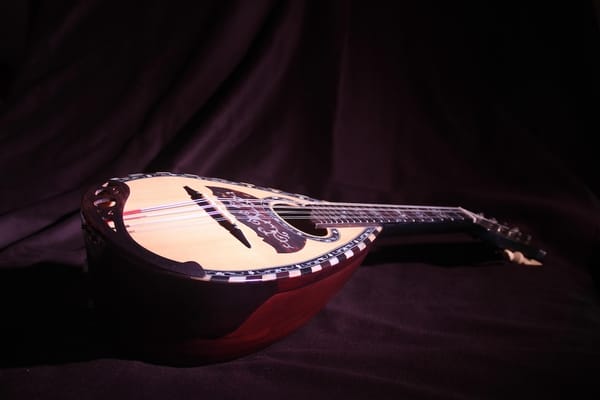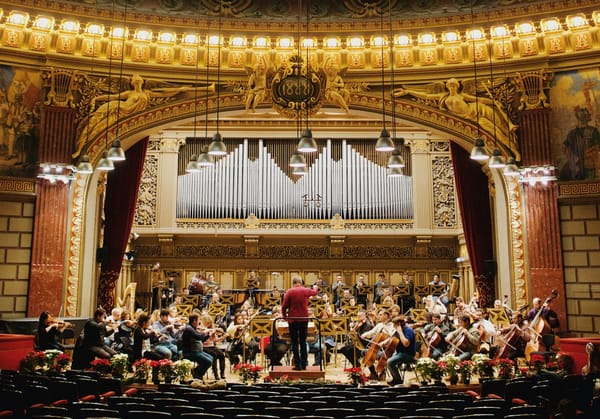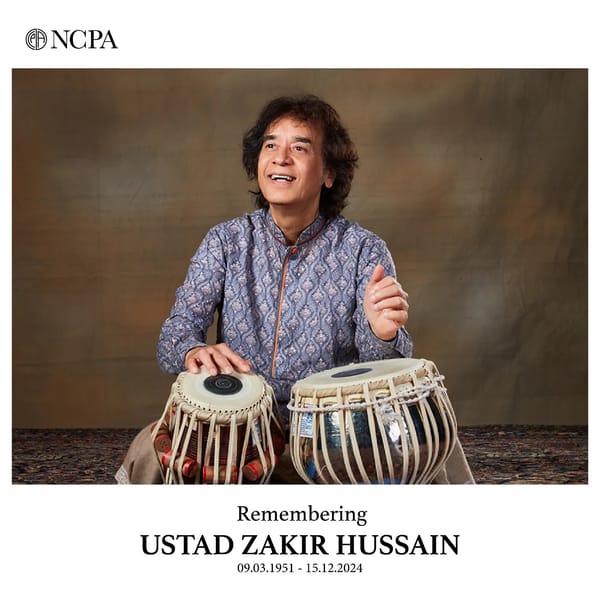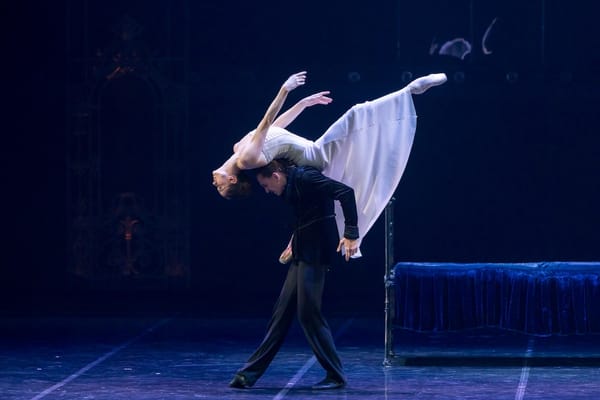NCPA Mumbai Dance Season 2025: A Month-Long Celebration of Dance, Community, and Creativity
The NCPA Mumbai Dance Season returns for its sixth year, offering a month of diverse performances, workshops, and cultural exchange. From classical to folk, this event fosters talent and connects audiences across the city through dance.
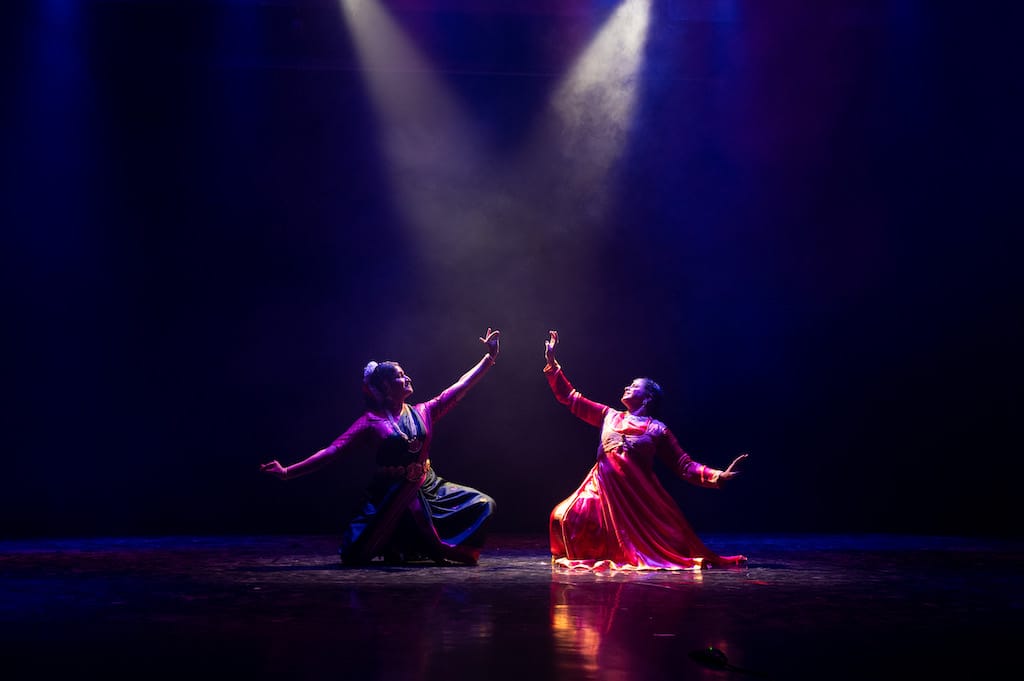
The excitement in Swapnokalpa Dasgupta’s voice is unmistakable when she speaks about the upcoming month-long NCPA Mumbai Dance Season. What began in 2016 as a simple WhatsApp group created by Dasgupta, Head of Dance – Programming at the NCPA, to avoid a clash in performance dates among dancers in the city, has now evolved into a much-awaited community engagement initiative supported by the NCPA.
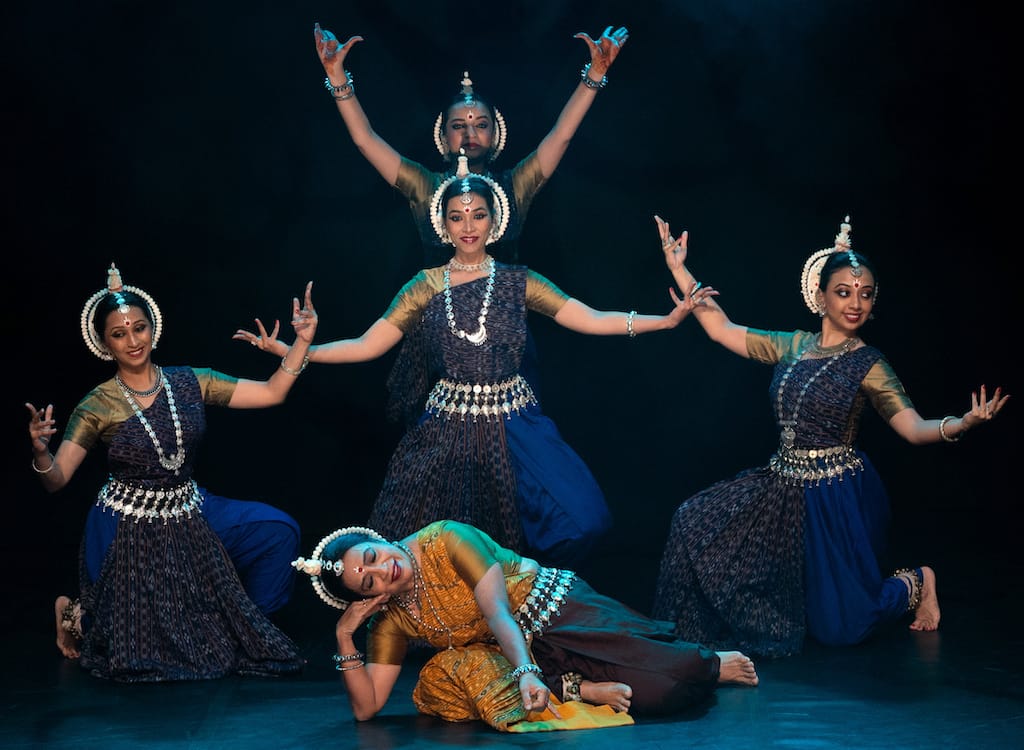
Serendipity at play
“Sometimes life can surprise us in such happy ways, right?” asks Dasgupta, as she looks back on that day nine years ago when she decided to proactively tackle a very practical problem affecting the dance community in the city. “My idea, at that time, was simple. Mumbai has always been replete with excellent artistes, an appreciative audience and several performance spaces. But oftentimes, there would be a clash in schedules among the venues, especially in similar genres of dance. That would lead to the audience getting divided. To resolve this problem, I started a WhatsApp group with around 50 of the city’s dancers and organisers, with the basic aim of giving each other clarity on which date an artiste is performing on and where.”
Soon the group was abuzz with much more than exchanges about schedules. Communication began about what more could be done on an individual and collective basis to foster creativity, nurture new talent, encourage older talent to collaborate and generally expand the footprint of dance as an art form. From this samudra-manthan of sorts, was born the Mumbai Dance Season, which is now in its sixth year.
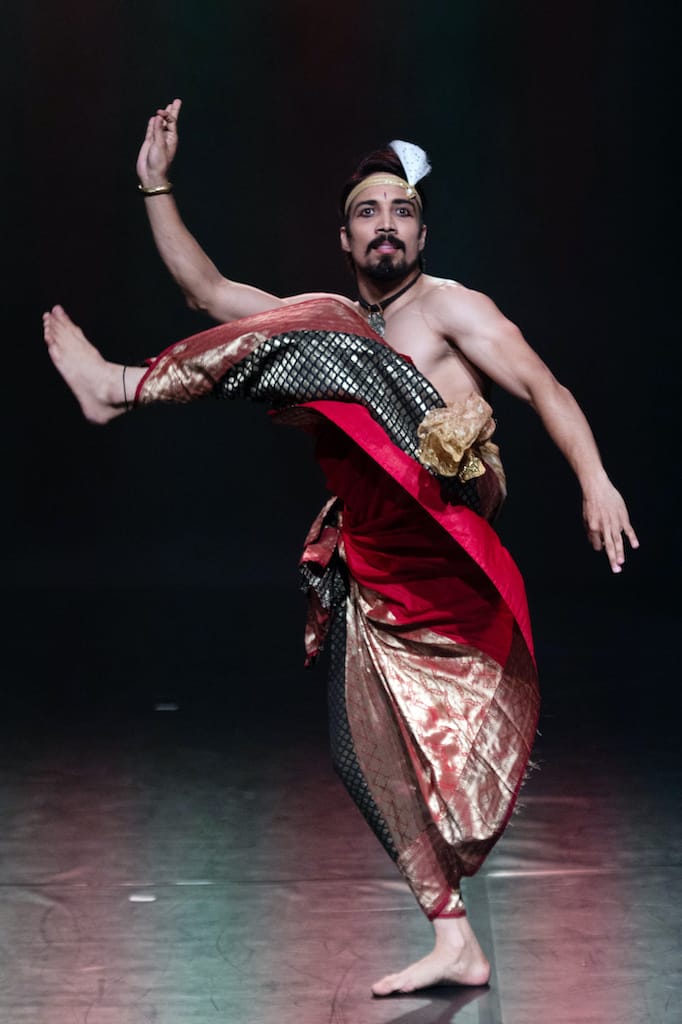
Elucidating the reason behind conceptualising a season instead of having a three- or four-day-long festival, Dasgupta talks about the system of ‘sabhas’ that began in South India. “The sabha culture has been a catalyst for the rise of several excellent artistes over the years. Places like Chennai are known for their thriving seasons in dance and music. Not only does it encourage talent, but it also gives the audience an opportunity to engage with different forms and artistes. Dance mirrors society; it is an art form that flourishes through engagement with society. With this idea in mind, we decided to have a season, wherein multi-form dances could be showcased by senior and up-and-coming talents,” she explains.
Expanding the footprint
The Mumbai Dance Season, when it was launched in 2018, was a ten-day event. Since then, it has grown to become an almost month-long affair that showcases a blend of folk and classical dance forms. Apart from live performances, the season also provides a platform for lectures, demonstrations, workshops and outreach programmes. “An exchange of ideas about dance in every format is the core of the Mumbai Dance Season,” says Dasgupta, who gave the concept a twist to make it more interesting and increase viewership. The season begins and ends with a performance at the NCPA. However, audiences cannot travel to the NCPA at all times nor can one venue accommodate every good artiste in the limited period of one month. Thus, it was decided to make the format more hyper-local. “We invite dancers and dance institutions across the city to conduct programmes in their locality, for which they have to invite performers and institutions from other places. The host institution can present for the first 20 minutes. However, the remaining time must be given to guest performers who can then present a performance or give a lecture or demonstration,” says Dasgupta. This exchange has earned the Mumbai Dance Season a lot of goodwill. Not only does it make multiple events accessible to audiences across the city, it also gives a stage under the banner of the NCPA to many mid-career and new talents. Dasgupta expresses gratitude to the NCPA for according this platform, and to Tata Investment Corporation whose generous support gives a boost to the participating performers to dream bigger.
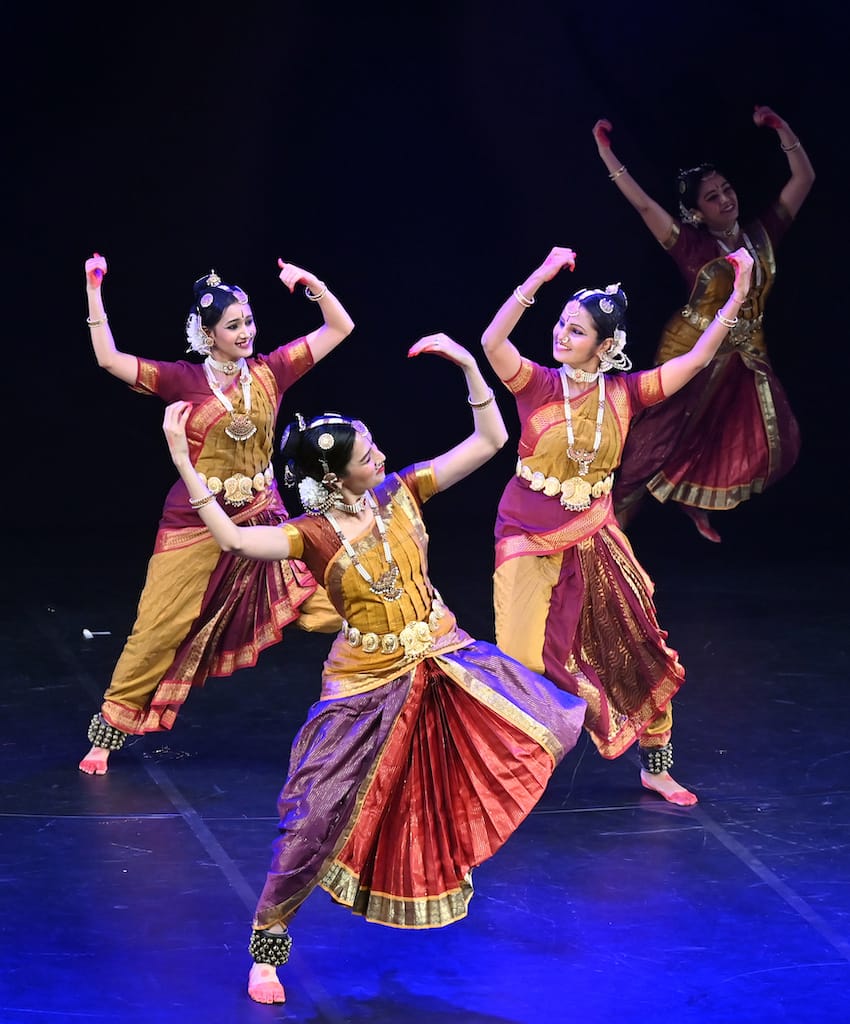
While the NCPA embraced the virtual medium during the pandemic to keep engagement with the arts alive, the essence of the Mumbai Dance Season is the in-person experience it offers. “The NCPA is all about supporting live arts and the only way to do that is to encourage audiences to attend programmes in person. It takes a lot of hard work, confidence and courage to enthrall a diverse audience for an hour or more. That dedication needs to be reciprocated with due response, which is possible only in live interactions,” believes Dasgupta.
A vibrant mix
This year’s edition will open on 9th January at the Experimental Theatre, with folk and creative dances curated by Kathak exponent Manisha Jeet and Odissi exponent Nivedita Mukherjee.
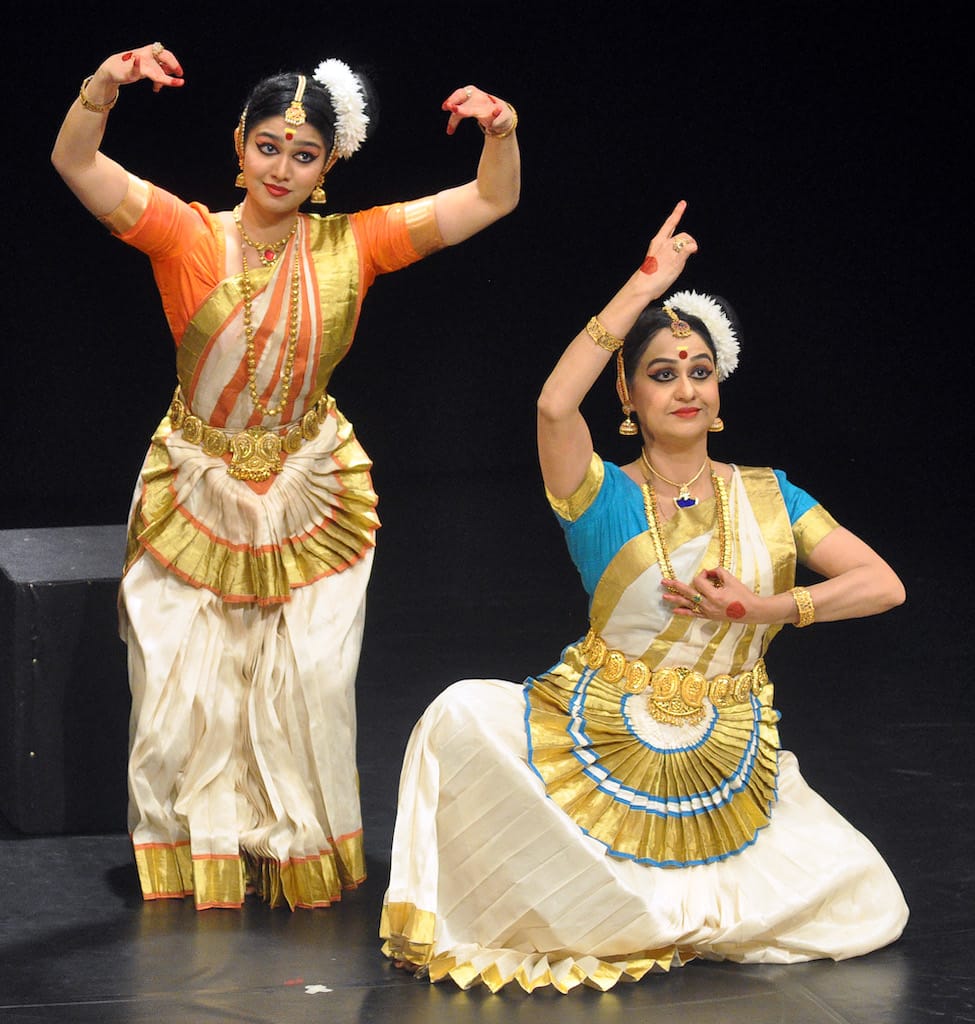
True to its format, the season will be dotted with a bevy of riveting programmes across the city. Audiences will be treated to unique productions such as Let the Games Begin by Namita Bodaji that combines Kalaripayattu and the ancient board game, chaturanga, in a dance presentation. Rehana Patel Rane will curate performances showcasing the rich mandir and darbar parampara (temple and court traditions) of Kathak in India while the Padanyas.
Kathak Institute will present mother-daughter duos in performance. Kathak will be presented at a festival of solo dances by Manasi Deshpande. The classical dance form will also be celebrated in a presentation by Radhika Phanse, inspired by the book Kathakadi Kathak; in a collaborative programme between poets and dancers by Abhinayaa Institute of Research & Fine Arts; and discussed in a workshop by Ranjana Phadke, organised by Dipanwita Bhaumik and Divya Rao. Sheetal Kapole will present a festival to celebrate the diverse taranas performed by various gharanas of Kathak.
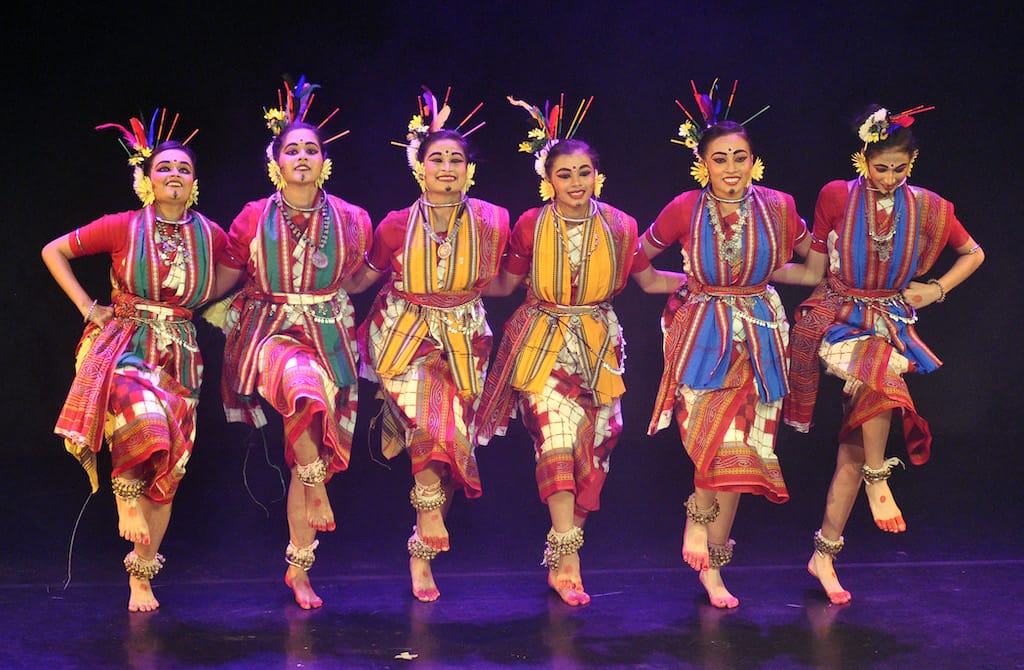
The season will close on 2nd February with an ode to the rich tradition of classical dance in India, through presentations curated by renowned scholars and dancers Dr. Malti Agneeswaran and Dr. Jayashree Rajagopalan. The theme of the finale will be ‘Nrityena Itihasa’. Dr. Agneeswaran tells us that the programme will focus on the inspiring events of India’s history that have shaped the country and bind us together. Veering away from mythology, they will be incorporating events that have had a tangible impact on future generations. She says, “After all, the whole point of endeavours such as the Mumbai Dance Season is to let the younger generation learn from the older ones, and be encouraged to put their best foot forward. By giving a multi-venue stage to performers across the city, the NCPA is not just enabling them to present their art, but also giving a chance to young children to attend such programmes in their vicinity. No wonder then that the Mumbai Dance Season has become such an eagerly awaited event in our cultural calendars.”
By Reshma O. Pathare. This piece was originally published by the National Centre for the Performing Arts, Mumbai, in the January 2025 issue of ON Stage – their monthly arts magazine.


